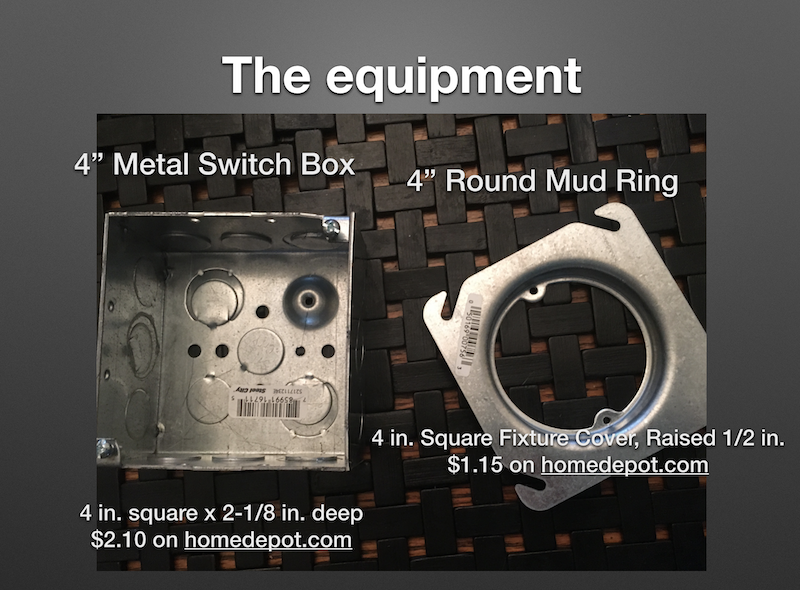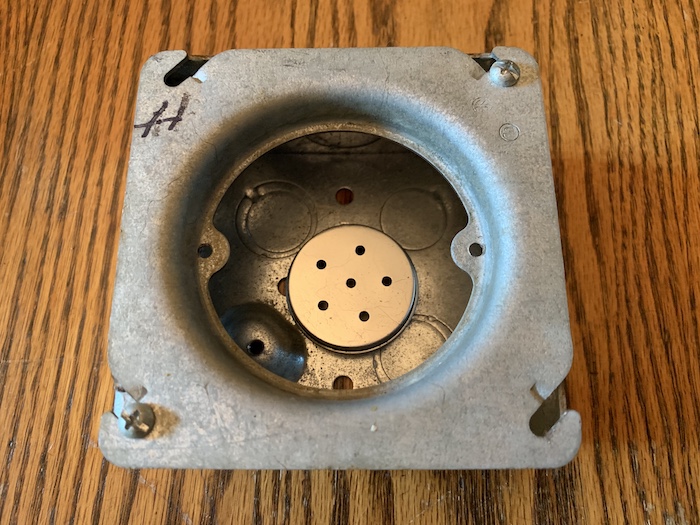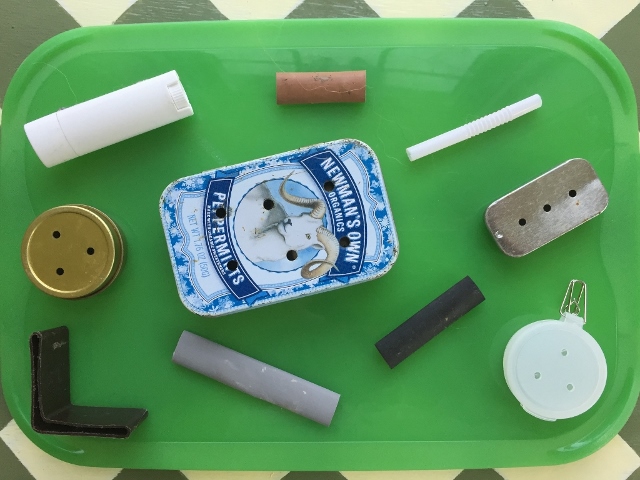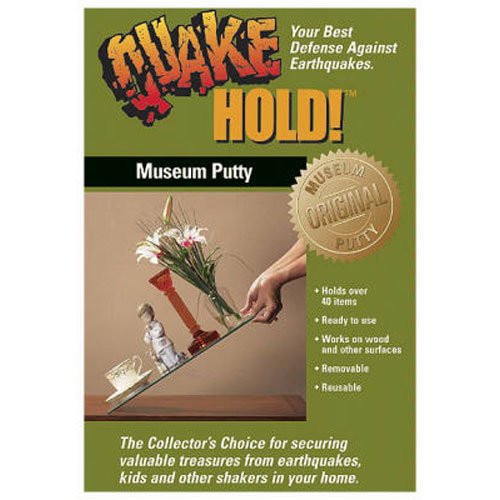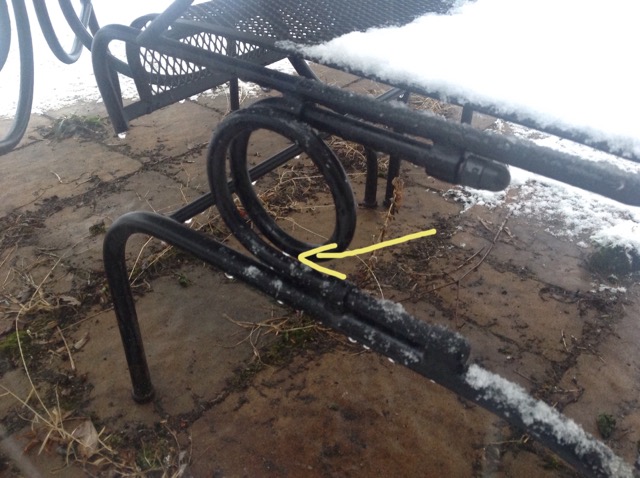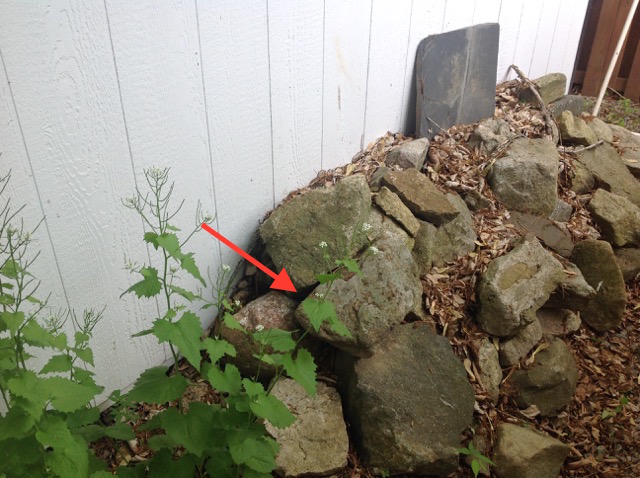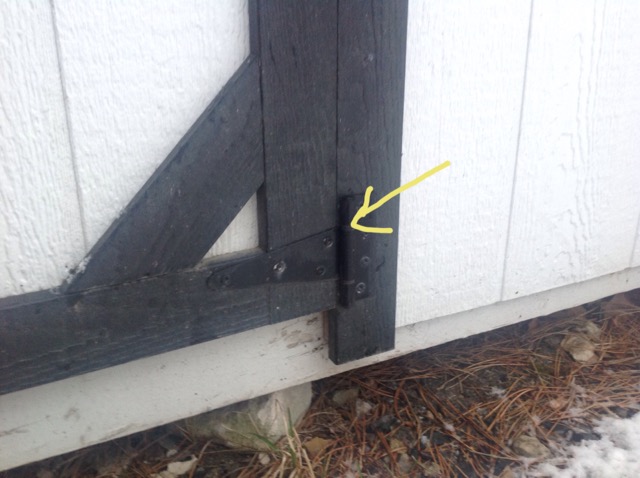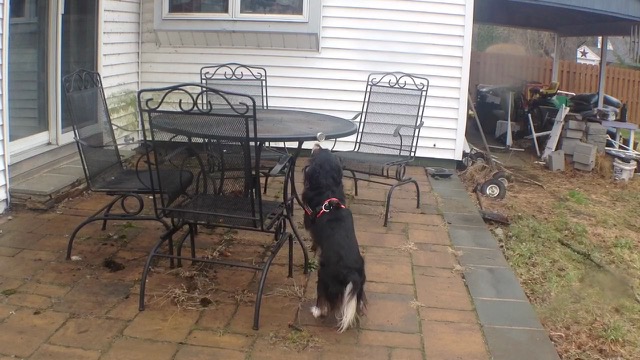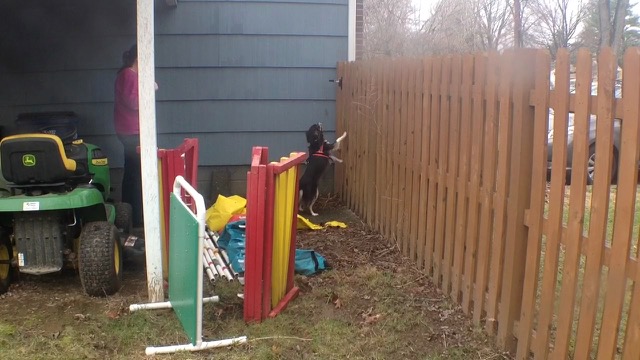Course Details
Did you know that the MOST important time in a dog's early career in Nosework happens AFTER they learn target odor (as in NW101) and BEFORE they start their general searching? Making mistakes now are costly. In this transition time, the dog (and handler) learns searching habits, passive indication, precision, consistency, and the ability to work in new and novel locations. THIS class forms the initial foundation to get you off onto the right track. Without these skills, a team may suffer from missed hides and false alerts and their ability to move up the levels successfully may be hampered.
In this class we help you to avoid costly training mistakes.
We will use contextual cues to help your dog learn to transfer their skills to new environments. We will also help YOU to help your dog be successful. You will continue working in Interiors, search novel Exteriors, build Vehicle skills, introduce the Buried element, give you Container skills with good habits (no smashing), introduce multiple hides, and more!
I also recognize that many of you might feel "behind" from NW101 so the syllabus and support has been structured to help you to "catch up". Dogs all learn on their own curve and this class supports that with the help of either the Instructor (Gold spots) or the Teaching Assistant (Silver and Bronze spots). Our goal is to get all the dogs to the same level of competency at the end of the course.
In addition to leveling the learning curves of different dogs, this approach is meant to capitalize on the dog’s motivation for hunting. This approach maximizes good feelings that come from triggering the Seeking System with “Hunting” and delaying “Selection” type elements such as Containers and Buried.
This class is suitable for all students coming out of NW101 provided that at least a little progress was made (hunting for a hidden switch box) as well as being suitable for students from prior NW101 classes who may not have started NW120 or who need a refresher in introducing the elements.
Students coming from NW101 who need a little bit of catch-up can expect new lectures to help them with basic fundamentals which have been developed by assessing the general needs as observed in the Student Study Group and Gold Forums from NW101. Those who are farther along on the learning curve will be able to hit the ground running with a generalization approach that has been developed to make searching new places seamless.
Coming out of this class, students will have the foundations necessary to begin to prepare for Odor Recognition Tests (ORT’s) and low level competitive classes.
Long-term success in this sport hinges on a solid foundation and good searching and hide setting habits. This course will get you going in the RIGHT DIRECTION. Teams using Nosework for therapeutic reasons or without competitive goals will appreciate the structures approach that is based on emotional support for the dog and FUN!
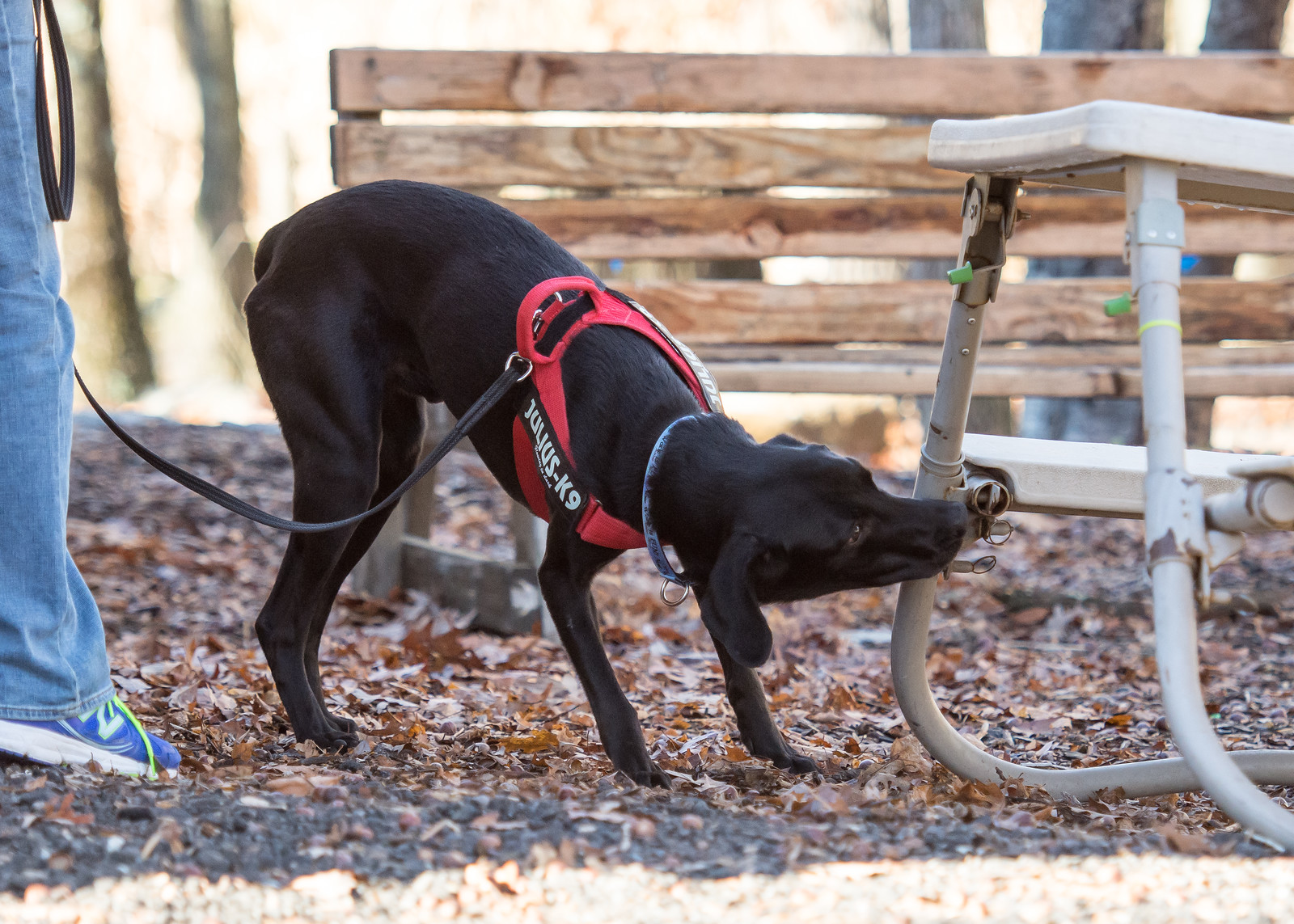
Watch the Trailer!
Teaching Approach
Each week you will receive several lectures released at the begining of the week. There will be theory based lectures as well as lectures and assignments on the current topic. Initially, searches can be done at home however the learner will be enouraged to also work outside of the home. This class offers extensive written lectures, no verbal lectures, and videos of varying lengths. It is rare that relevant speaking takes place within a video; they are designed to be watched in order to follow the ideas presented in the lecture. Lecture videos may run from 1 to 4 minutes long, with the average between 1-2 minutes. The lectures are designed to help a student understand the purpose of the topic and how its application might vary by dog. Care is taken so that learners who learn by both watching and reading will be successful.
This class will have a Teaching Assistant (TA) available in the Facebook discussion group to help the bronze and silver students! Directions for joining can be found in the classsroom after you register.
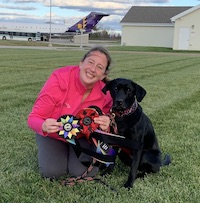 Instructor: Stacy Barnett
Instructor: Stacy BarnettStacy Barnett is a top nosework competitor and trainer, with many Summit Level titles in the National Association of Canine Scent Work (NACSW), (Judd SMTx3, Brava SMTx5, Powder SMTx5). She is also a Wilderness SAR K9 handler with her certified dog, K9 Prize. Stacy has been a faculty member at FDSA since 2015 (Click here for full bio and to view Stacy's upcoming courses)
